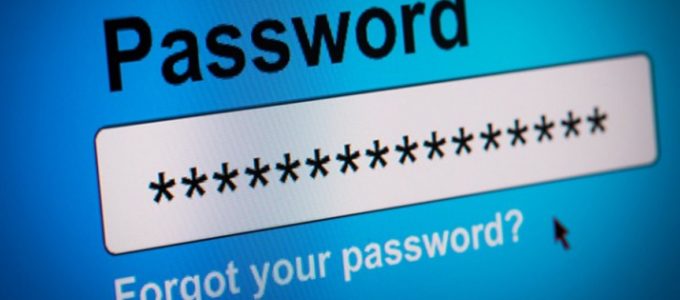A technique called 'hashing' is used here. Let us see what it is ?
Below, I have given four passwords -deliberately simple.
1. 7168
2. 1234
3. 5555
4. 7613
Since there are a total of four passwords. Divide each passwords by 4.
1. 7168/4 =1792; reminder 0
2. 1234/4 =308 ; reminder 2
3. 5555/4 = 1388; reminder 3
4. 7613/4 =1903; reminder 1
The reminders are the keys or fingerprint or message digest.
The websites only stores these keys. The 'hashing' procedure may be kept secret. The keys are normally of same length-like one digit.
When you type your password, the password is converted into the key using 'hashing'. The generated 'key' and the stored key in the website are compared. If they match exactly, you are allowed entry. If a site follows a good hashing algorithm, your passwords need not be saved.
(Note: We may get same key for two or more passwords called collision. A good algorithm avoids collisions).
In practice, mathematically complicated hashing algorthms are used. They are called MD5 and SHA(secured hashing algorithm). One cannot reverse engineer the 'hashing'. That is, you cannot find message (passwords) from message digest, that is the main strength of 'hashing'
There is another use for hash keys. You can use them as index to store data in a data base.
In our example; the data 7168 can be stored in the location '0'[ key]; 7613 can be stored in the location '1' and so on. Now the data can be easily searched and retrieved fast.
Digital signatures are also verified in this way. There are websites which yield message digest for your messages using MD5 or SHA.
-------------------------------------------------
